The 2024 guide to NYC protest safety
Some facts on the ground have changed since 2020 — here's what you need to know to keep yourselves and each other safe out there.
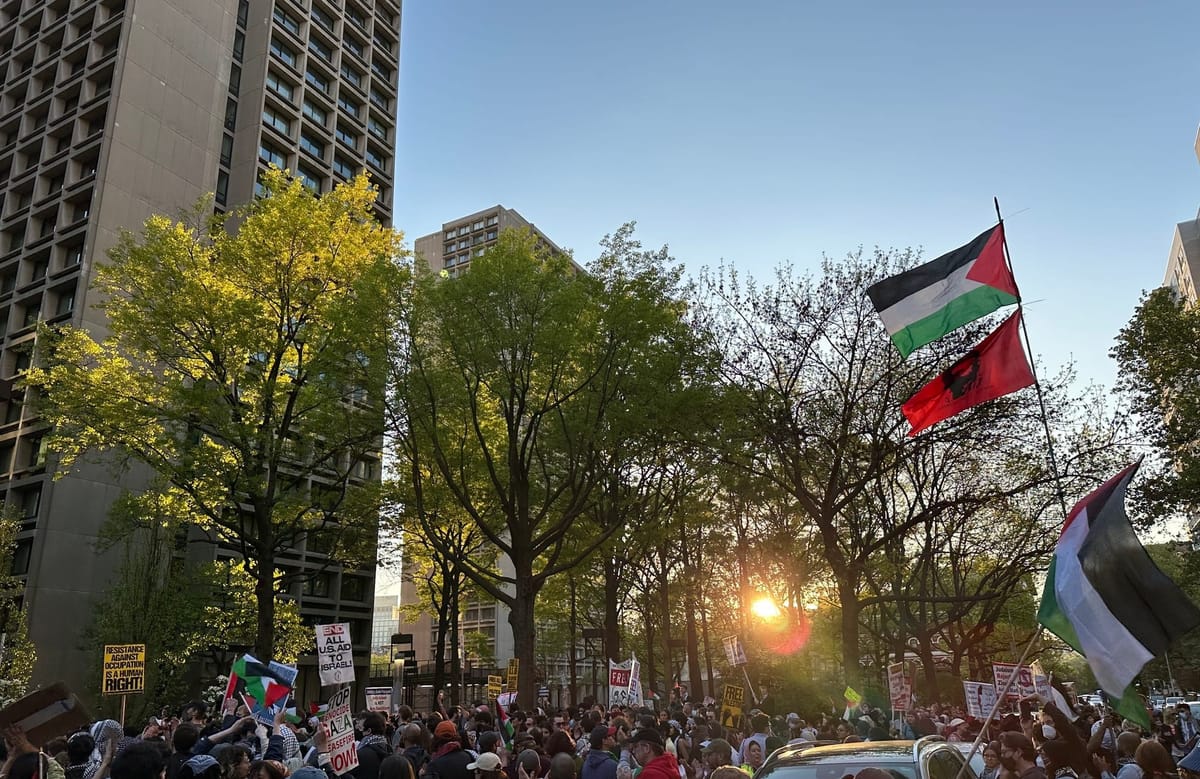
New Yorkers have a long history of getting out in the city streets to put pressure on those in power to create a better city, and a better world. But as we all know by now, just because your right to protest is constitutionally protected doesn’t mean you won’t face interference or aggression from cops, counter protesters and right-wing agitators looking to dox or harass anyone they can; any situation has the potential to escalate. It’s important to us that everyone stays safe and smart when you're out there making your voice heard, and that’s where this guide comes in.
Whether you’re new to demonstrating, have gotten rusty since summer 2020, or want a tear sheet of tips to send along to people you’re inviting to march alongside you, we’ve got you covered. Read this before you hit the streets, and as always, keep yourselves and each other safe out there:
What’s changed since 2020?
A lot of you may recall just how disastrously the NYPD handled things during the wave of protests in summer 2020 — think kettling, driving cars into crowds, pulling down people’s masks to pepper spray them. And after years of legal back-and-forth, a judge recently ruled in favor of a landmark settlement requiring the NYPD to significantly change its handling of protests. The reforms that will be implemented over the course of a three-phase plan, but the plan has just started.
“The settlement is a pretty big deal, it’s also in the midst of being implemented,” Jennvine Wong, supervising attorney with the Cop Accountability Project at The Legal Aid Society, told The Groove. “Phase one involves the NYPD changing their policies and their training. Have they done that yet? That’s something we don’t necessarily have a concrete answer to right now.”
In practical terms, the NYPD is certainly still out there making violent arrests of peaceful protesters. While The Legal Aid Society and other organizations are closely monitoring the situation — meaning cops may well face consequences for this, eventually — you certainly can’t and shouldn’t count on members of the NYPD to behave safely or correctly. All the personal safety advice that applied in the past is still very much important to keep in mind today.
Another new development on the protest scene since 2020? Surveillance drones, data from which has been used to aid in recent arrests of pro-Palestinian protesters. Drone surveillance is difficult to specifically avoid or protect yourself from in the moment, Wong noted, meaning that broad best practices for protecting your personal and digital security during a protest have become even more important — more on that below.
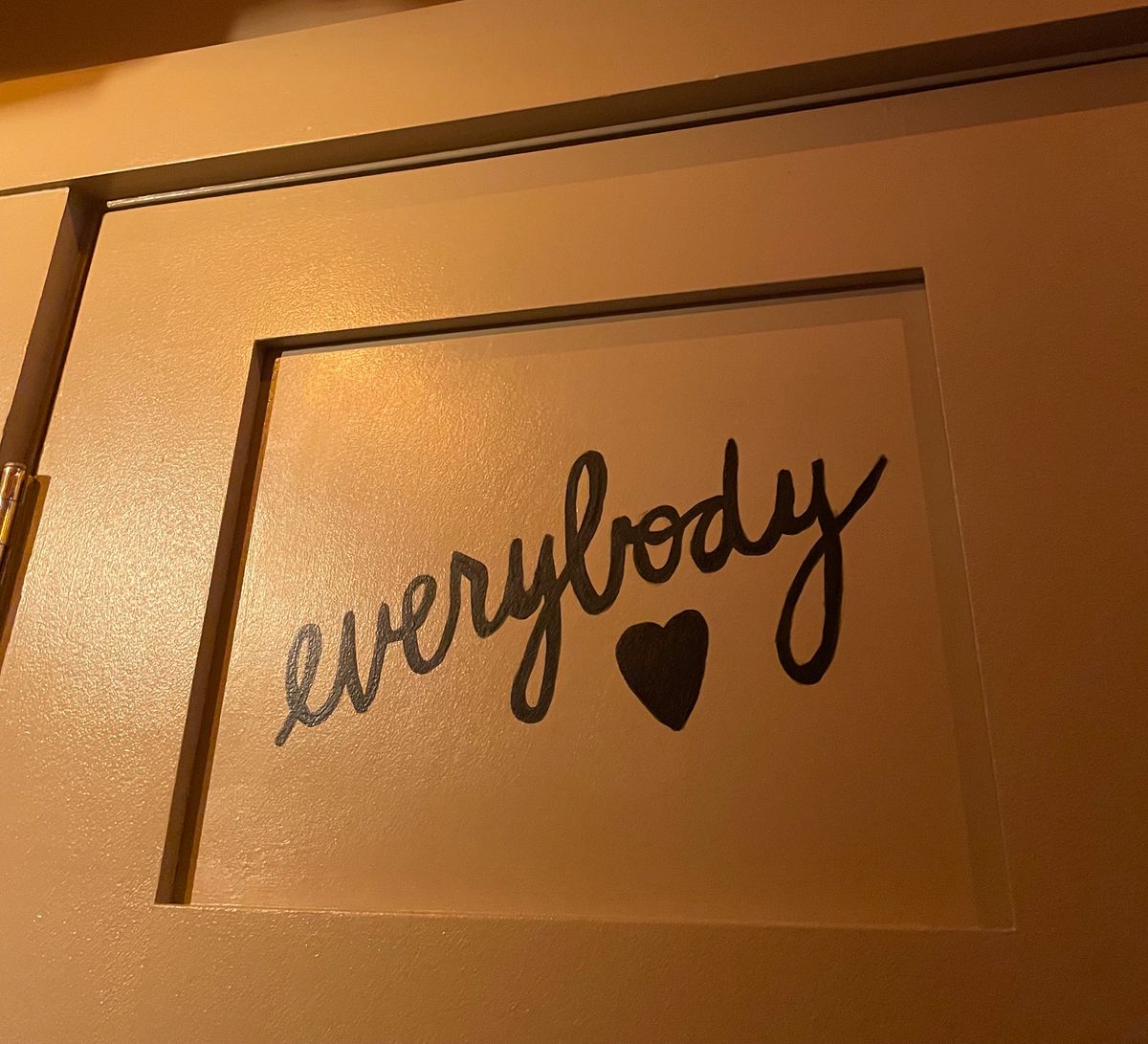
Digital security 101
Your phone can be an incredibly important tool during a protest, and it can also be an incredible liability.
Make sure your phone is set to open with a numeric security code instead of a “biometric” key like a fingerprint or FaceID, Wong said. The cops can’t make you punch in your numeric password, but they can easily hold a phone up to your face to access your information (texts with other organizers, photos, you name it) if you’ve got FaceID enabled.
Wong also recommends being careful on wifi networks that may not be secure or private — for instance, networks on school grounds — and also being careful of what you send on school or work email accounts that could potentially be monitored. (Even if you’re just using an institution’s wifi from a personal device, it’s possible for monitoring software to scan your photos and communications, per Wired.) Encrypted apps like Signal are considered one of the safer ways to communicate with other attendees and organizers before, during and after a demonstration.
It’s also a smart idea to turn off location tracking on your phone, to put it in airplane mode, or to turn it off entirely, the better to keep yourself less easily traced by law enforcement.
Read this before you film or post
Filming police activity continues to be a key tool for accountability, and it’s a right that’s specifically protected in the First Amendment as well as in New York State law, per the NYCLU, which has a full guide on police filming rights here.
The TL;DR is this: you’re absolutely allowed to film and document police activity, and the police can’t legally confiscate or ask to view your photos or videos without a warrant.
However, there’s an important qualifier to keep in mind, which is that filming “has to be done within a safe distance so you’re not interfering with police activity,” Wong said. “There’s no hard line saying you have to stay 15 or 20 feet away, it’s just quote unquote ‘reasonable distance.’”
Even if you’re filming what you believe to be a wrongful arrest, “that’s not a determination to be made in that moment,” Wong said. “Best practice is to keep a safe distance and to make sure you’re recording.”
As for social media, authorities can and do use posts from protests to identify demonstrators and make arrests (the FBI notably did this back in 2020), so tread carefully in order to avoid putting yourself or others at risk. Live streaming is only recommended by activists when filming the police specifically (don’t put other protesters on your stream). In addition to asking people for consent before you make footage of them public, you should also blur out any identifying markers on other people before sharing video or images.
We recommend a browse of this full social media guide here, but the bottom line is this: don’t put other people at risk of legal action because you were too excited to add another slide to your stories.
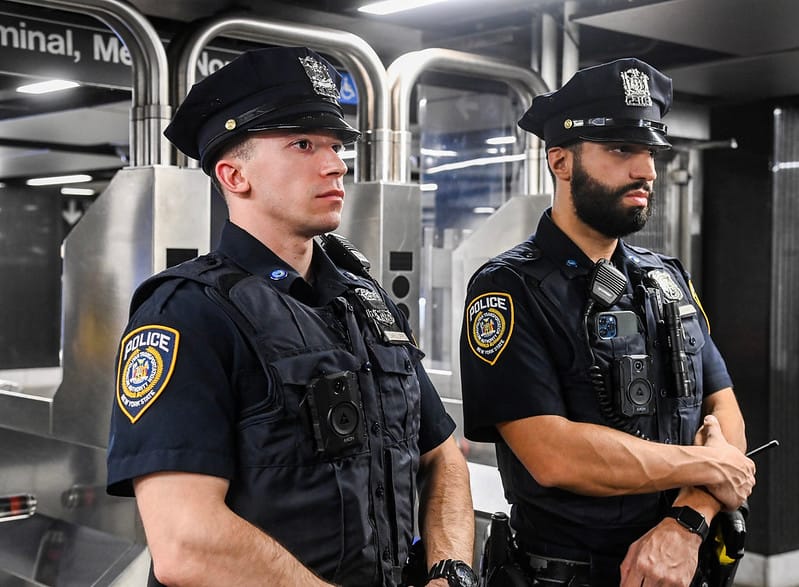
Do your homework ahead of time
This is a simple but important one: do some research on the protest you’re attending and who’s running it before you hit the streets, as recommended by the National Resources Defense Council. See if you can answer questions about whether the leaders have experience with nonviolent protests and de-escalation, what their demands are and if you feel comfortable supporting them, and whether a demonstration will “center those who are most harmed by an issue.” As the NRDC puts it: “Answering key questions like these can prevent you from being part of a disorganized, problematic, or unsafe event.”
Clothing
For both safety and comfort, experts recommend wearing dark, comfortable and nondescript clothing — and definitely no open-toed shoes. You want to be able to walk for a long time, and to move quickly and easily. Masks continue to be a great idea, to protect both your health and your identity. Unless you’re attending something like a May Day labor rally where you’ve been encouraged to wear your union gear, you also don’t want easily identifiable markers that could, for instance, show up in drone surveillance footage (to that end, The Anti-Violence Project recommends covering identifying details like your hair, and notable scars or tattoos).
What else should I bring?
While you don’t want to be too encumbered, it’s a good idea to bring an easy-to-carry bag with essentials like your ID; two water bottles (one for hydrating, one to use if you need to flush your eyes from pepper spray or tear gas); energy-rich snacks like protein bars; sunscreen; a bit of cash; a portable phone charger; and any essential medications you may need to have on hand in case you’re detained for a long period. Do not bring illegal substances, any kind of weapon whatsoever, and anything else you wouldn’t want to have on your person in case of arrest.
Knowing your rights, and dealing with law enforcement
Though permits are required for marching in the street or using sound amplification, the First Amendment firmly protects your right to speak, march and protest in public spaces like sidewalks and parks. As discussed above, you’re also well within your rights to film police activity so long as you’re not physically getting in their way. In practice, however, you can still find yourself facing down law enforcement while exercising your legally protected rights, and it’s important to go in prepared.
“The reality is that while that might be true [that you have these rights], there are some practical tips,” Wong said.
(NB: Make the Road New York has a specific guide for immigrant activists here, and the NYCLU has a guide on the rights of student activists here.)
Before you leave for a protest, designate someone who won’t be attending as your emergency contact, and memorize their phone number. Many protesters also make a point of memorizing the number for The Legal Aid Society (212-577-3300), which offers free 24-hour legal support, or some other form of legal support.
“I know that no one remembers numbers any more, but memorizing it is better than writing it in a sharpie on your arm,” Wong notes.
If you’re detained by a police officer, your first priority is to protect your own safety. If you’re being detained or arrested, wrongfully or not, “I tell people to make it as obvious as possible that they’re not resisting arrest, because it’s their safety that’s the most important,” Wong said.
The New York Lawyers Guild has a thorough Know Your Rights Guide with key phrases to use in interactions with officers, including “Am I free to go?” (if so, you can walk away), “I do not consent to a search,” and “I am going to remain silent, and I want to speak to a lawyer.”
On this last point, Wong notes, make sure you really, seriously exercise your right to remain silent.
“They’re allowed to ask for pedigree information like your name, for example, but other than that there’s no reason to speak to an officer about anything,” Wong said. “Even if they try to have small chit chat with you, it can be used against you in the future or misconstrued. Often people will stay silent for a little bit, then start talking to the cop or making conversation, and at that point you’ve gone back to square one. You’ve got to really practice your right to remain silent.”
If you’ve got medical needs or need to take medication at a certain time, however, it’s important to make that information clear. Being arrested at a protest can result in a number of different scenarios — often a relatively speedy release with a summons — and while no one can offer you official, pre-emptive legal advice, you can brush up on likely scenarios to expect via this larger guide from The Legal Aid Society.
General best practices
A lot of protest best practices involve exercising common sense and common courtesy, but they certainly bear repeating. It’s a good idea to have a buddy or a small group to stick with, and to know your own limits; there’s no shame in the game in making an exit if you’re exhausted, agitated, or otherwise feel in over your head.
Follow the lead of organizers on issues like what to chant, where to march, and how to best communicate their group’s demands. Keep signs and chants clear, respectful, and free from slurs. Stay aware of your surroundings, and when possible, resist the urge to get drawn into back-and-forths with counter protesters.
“Again, this is all about doing your best to protect yourself in difficult and volatile circumstances,” Wong said. “You want to make sure you’re able to walk out of the situation to be able to fight on another day.”
Got important protest safety info we didn't include in this story? Email virginia@nygroove.nyc.


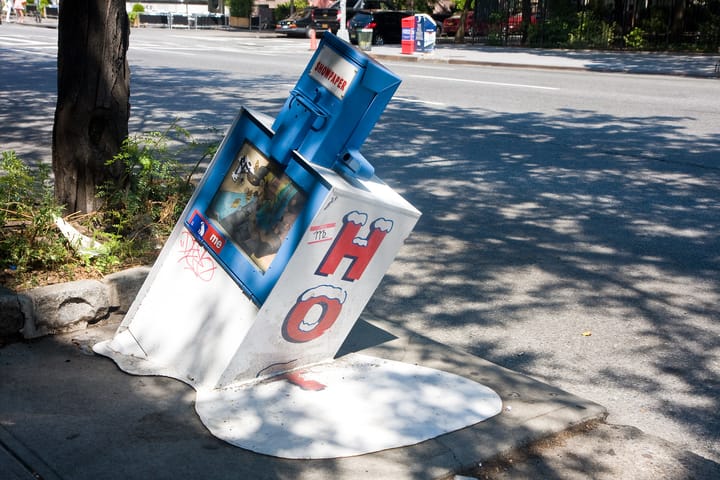
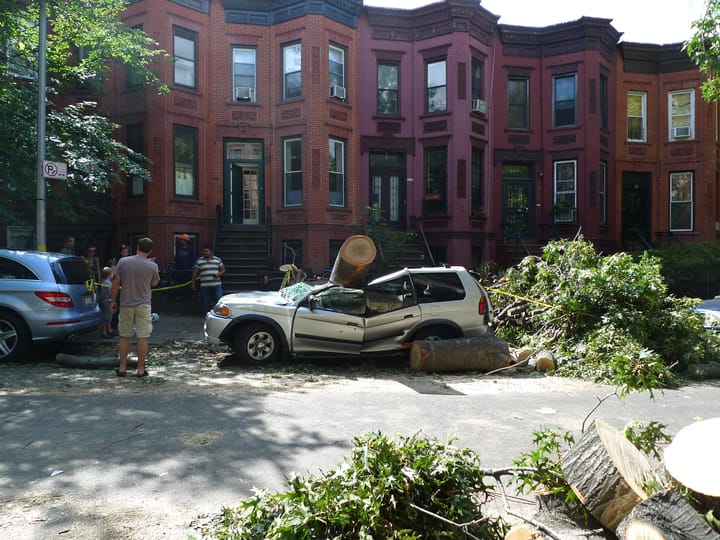
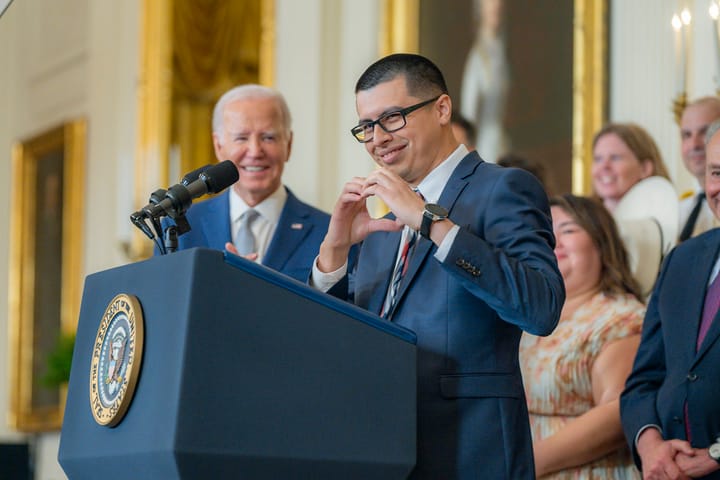
Comments ()